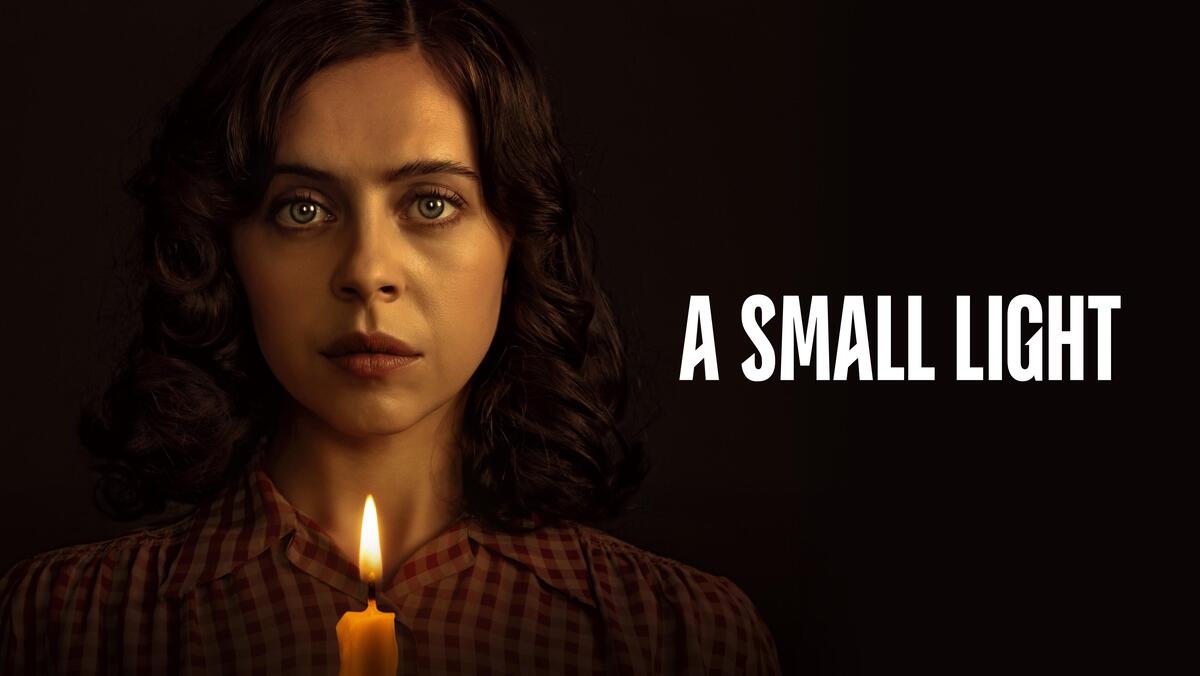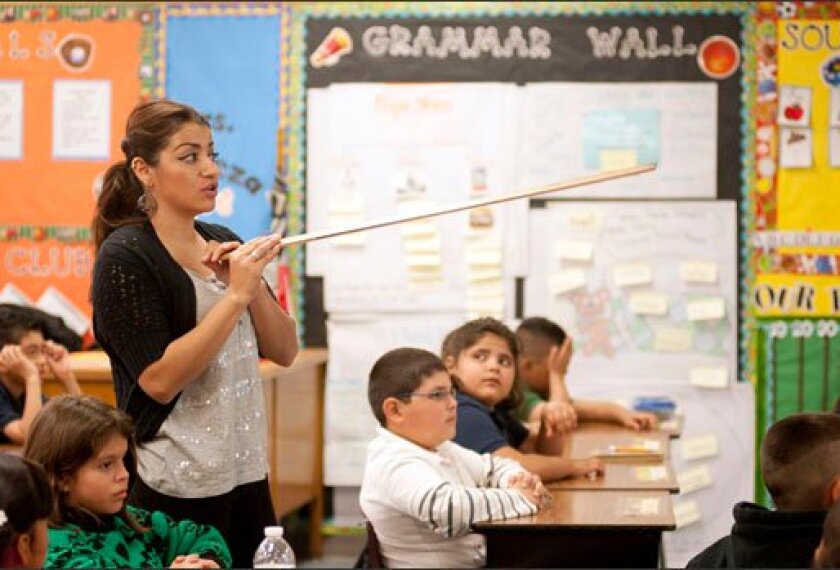I have two dogs, Gus and Annie, who are frequent inspirations for my columns. These two dogs could not be more different.
Gus is a 12-pound little Maltese prince who believes the world revolves around him. In his way of thinking, all treats belong to him. And in return, he is very affectionate to his loyal and not-so-loyal subjects. He gives cuddles and lots and lots of love. He knows how to manipulate people with cute expressions, a soft paw, and large, doe-brown eyes.
Gus had a shaky start and was a difficult dog when I first got him, but within six months, he became the dog he always wanted to be. Gus was rescued from a chaotic home that had lots of kids running around. He learned that the only way to get what he wanted was with cuteness, a get-them-before-they-get-you approach, and hiding to avoid injuries.
Annie is a product of her upbringing as well. Annie was raised in a puppy mill to be a puppy mill mom. She never learned cause and effect because it didn’t matter what she did, horrific neglect was coming her way. Her life also included abuse since she was too timid to mate. So, Annie learned that the world is a scary place.
Before Gus, Annie never had dog friends. They shied away from her because she couldn’t speak “dog.” She’s too terrified and too passive to be a normal dog. Her signature move has been to run away.
But Gus really likes her, and she really likes Gus. They are an unlikely pair that are also uniquely matched. Gus is a dog “dork.” He doesn’t know how to play, and Annie doesn’t either. He likes to boss dogs around, and Annie doesn’t mind being bossed around. Gus shows his softer side when he helps Annie get affection. Gus taught her how to play with toys in his narcissistic version of play. It goes something like this: she gets a toy out from the toy bin, he steals it, she gets out another toy, he steals it too… for some reason they both like this game. Gus taught Annie that petting is fun, and snuggling is even better. Now she loves to be petted by people she knows and she loves snuggling at night-time.
Gus and Annie are now quite old. Gus is 16 and Annie is 17, both have exceeded their expected lifespans. Gus has a heart condition from which he was supposed to leave this earth over a year ago. But he’s never listened before so why should he start now?
This year Annie began losing weight, a lot of weight. All total, 20% of her body weight. For most older dogs this tends to indicate cancer or serious organ failure. Some days she shivered violently. One night I thought I lost her. Her blood tests revealed there were some liver function issues, but they were relatively minor for her age and the vet concluded that she probably had cancer.
But maybe not.
Gus and Annie are also different in how they eat. Gus gulps down his meal in seconds. Annie on the other hand, is convinced that every morsel is potentially poisonous. She sniffs, she walks backwards, she sniffs again, she touches the food with her tongue, and then she finally decides to eat slowly and hesitantly.
Gus has been trained to sit next to her and wait until she finishes and then they both get a dental treat. Each morning, I feed the dogs and then go to my morning routine.
But Gus is a very smart dog. He learned that when he hears the sound of the shower, it’s unlikely that I will pop out and catch him. So, he learned to wait until he heard the shower and then gulped down Annie’s meal. Being passive, she just sat and waited for him to finish. As soon as he heard my footsteps, he quickly returned to his sit position and Annie licked the bowl as if she had finished her meal. So, Annie was not getting her breakfast. While she was still getting her dinner because I watched; she was not getting almost half of her necessary food intake.
Her incredible weight loss was because Gus was stealing her food.
That reminds me of the old saying: “When you hear hoof beats, look for horses and not zebras.”
Angela Rieck, a Caroline County native, received her PhD in Mathematical Psychology from the University of Maryland and worked as a scientist at Bell Labs, and other high-tech companies in New Jersey before retiring as a corporate executive. Angela and her dogs divide their time between St Michaels and Key West Florida. Her daughter lives and works in New York City.










